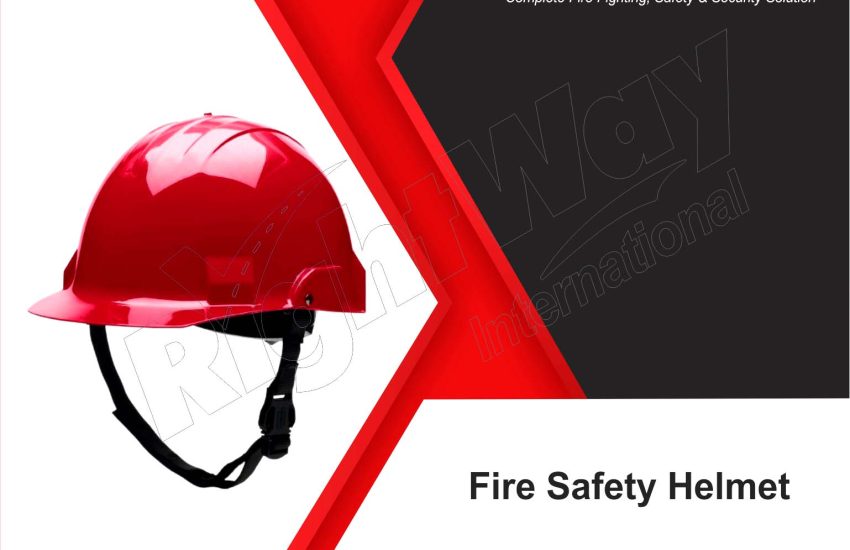Anti Fire Safety Helmet are a critical component of protective gear for firefighters and emergency responders. Designed to provide head protection in hazardous environments, these helmets ensure safety and enhance performance. This guide explores the key features, types, and considerations when choosing fire safety helmets.
What Are Fire Safety Helmets?
Fire safety helmets are specialized headgear designed to protect firefighters from falling debris, impacts, and heat. They are typically made from durable materials and come equipped with various features to ensure safety and comfort during emergency situations.
Key Features of Fire Safety Helmets
- Impact Resistance: Fire safety helmets are constructed from high-strength materials such as poly carbonate or fiberglass, offering excellent protection against impacts.
- Heat Resistance: Many helmets include thermal insulation to protect against extreme heat, preventing burns and thermal injuries.
- Retention System: A secure chin strap and retention system keep the helmet in place, even during vigorous activities or high-stress situations.
- Ventilation: Proper ventilation systems in helmets allow for airflow, helping to reduce heat buildup and enhance comfort.
- Reflective Elements: Reflective strips or decals increase visibility in low-light conditions, ensuring that firefighters can be seen during emergencies.
Types of Fire Safety Helmets
- Structural Fire Helmets: Designed for interior firefighting operations, these helmets provide maximum protection against heat and falling objects.
- Wild land Fire Helmets: Lightweight and breathable, these helmets are ideal for wildland firefighting, offering comfort and mobility.
- Proximity Fire Helmets: These helmets are used in high-heat environments, such as aircraft rescue, and feature enhanced thermal protection.
Importance of Fire Safety Helmets
Fire safety helmets are essential for protecting firefighters from head injuries during emergency operations. They help prevent serious injuries caused by falling debris, impacts, and exposure to heat. Wearing a reliable helmet significantly increases the safety and effectiveness of firefighting efforts.
How to Choose the Right Fire Safety Helmet
When selecting a fire safety helmet, consider the following factors:
- Material: Choose helmets made from durable materials that offer both impact and heat resistance, such as poly carbonate or fiberglass.
- Fit: Ensure the helmet fits properly to provide maximum protection and comfort. Adjustable sizing features can help achieve the right fit.
- Certification: Look for helmets that meet industry standards, such as those set by the NFPA (National Fire Protection Association) or OSHA (Occupational Safety and Health Administration).
- Weight: Lightweight helmets reduce fatigue during extended use, making them more comfortable for firefighters.
- Additional Features: Consider features like face shields, earmuffs, and communication systems that enhance functionality.
Maintenance of Fire Safety Helmets
Proper maintenance is crucial for ensuring the longevity and effectiveness of fire safety helmets. Follow these guidelines to keep your helmet in top condition:
- Regular Inspections: Frequently check for signs of damage, such as cracks or dents, and replace helmets that show wear.
- Cleaning: Clean helmets according to the manufacturer’s instructions to remove contaminants while preserving their protective qualities.
- Storage: Store helmets in a cool, dry place away from direct sunlight to prevent deterioration.
Conclusion
Anti Fire Safety Helmet Investing in high-quality fire safety helmets is vital for the protection and performance of firefighters. By understanding the key features, types, and maintenance practices, you can make informed choices that enhance safety during emergency operations. Whether for structural, wild land, or proximity firefighting, the right helmet will ensure that firefighters are prepared for any challenge.


